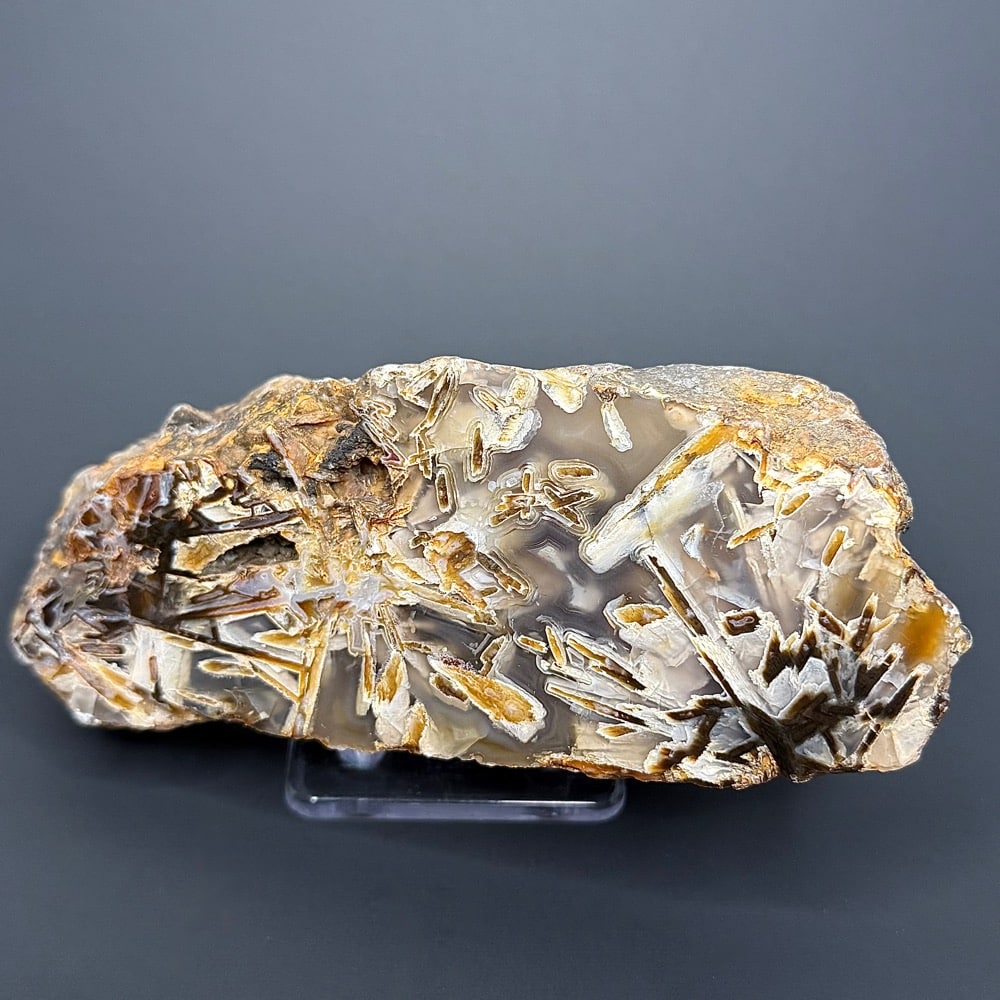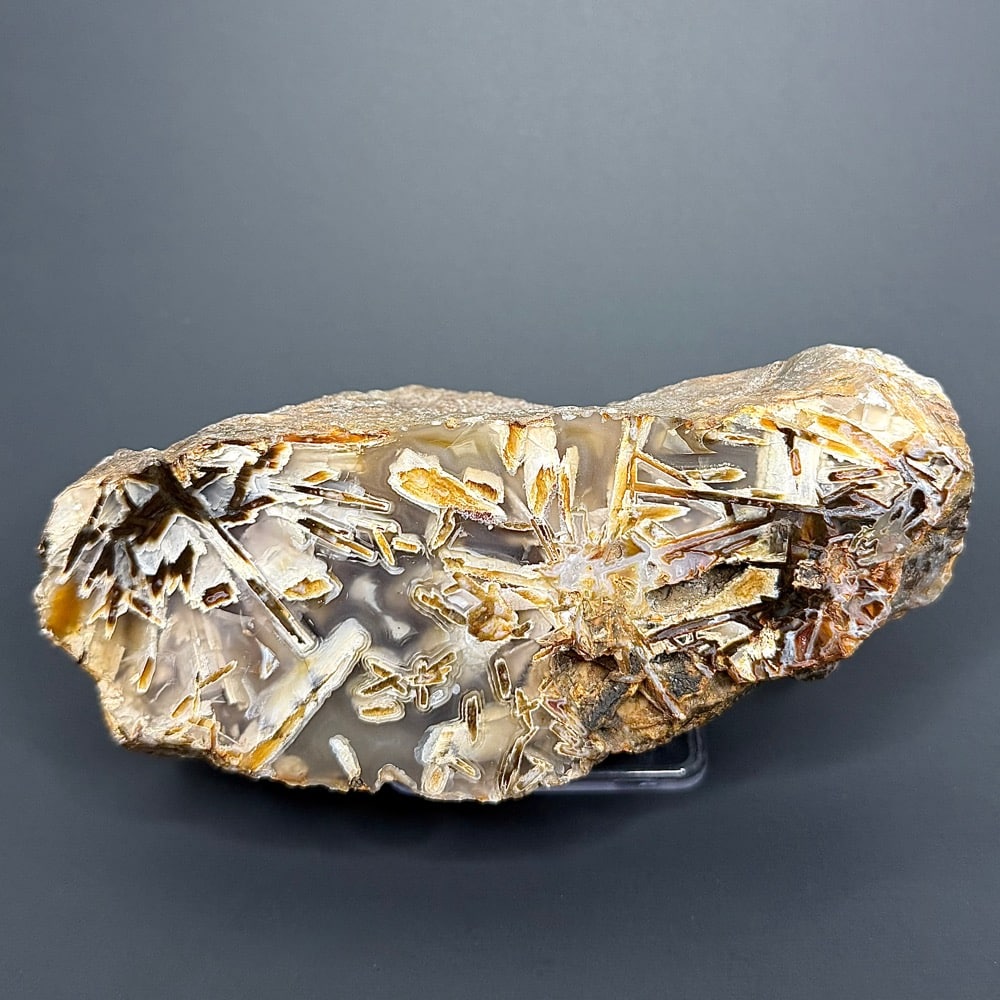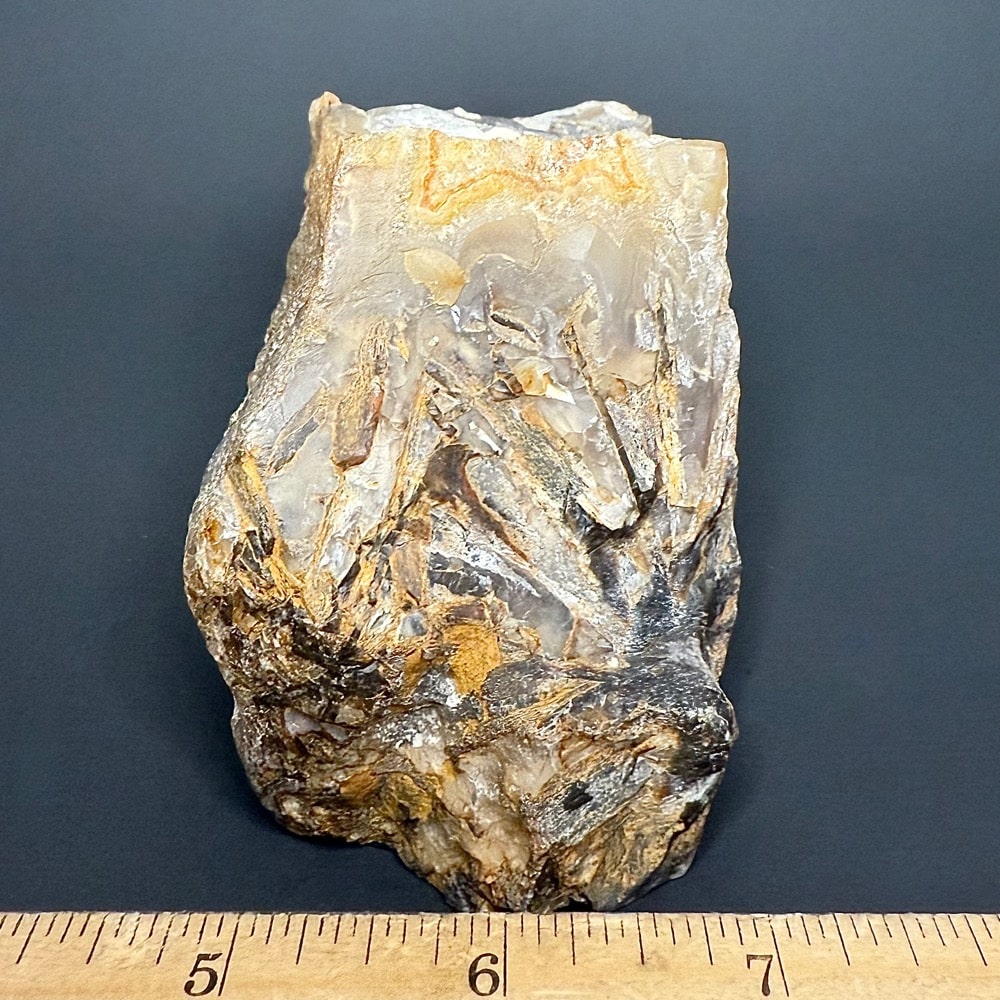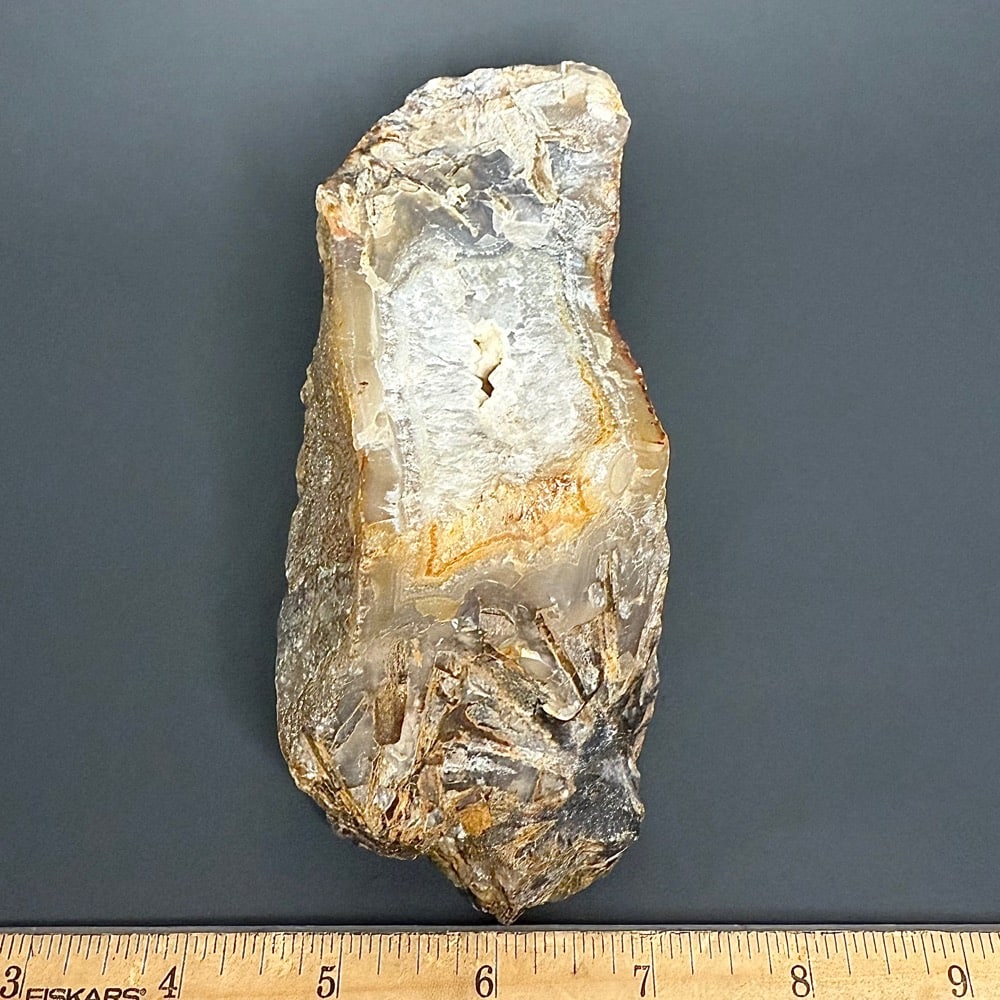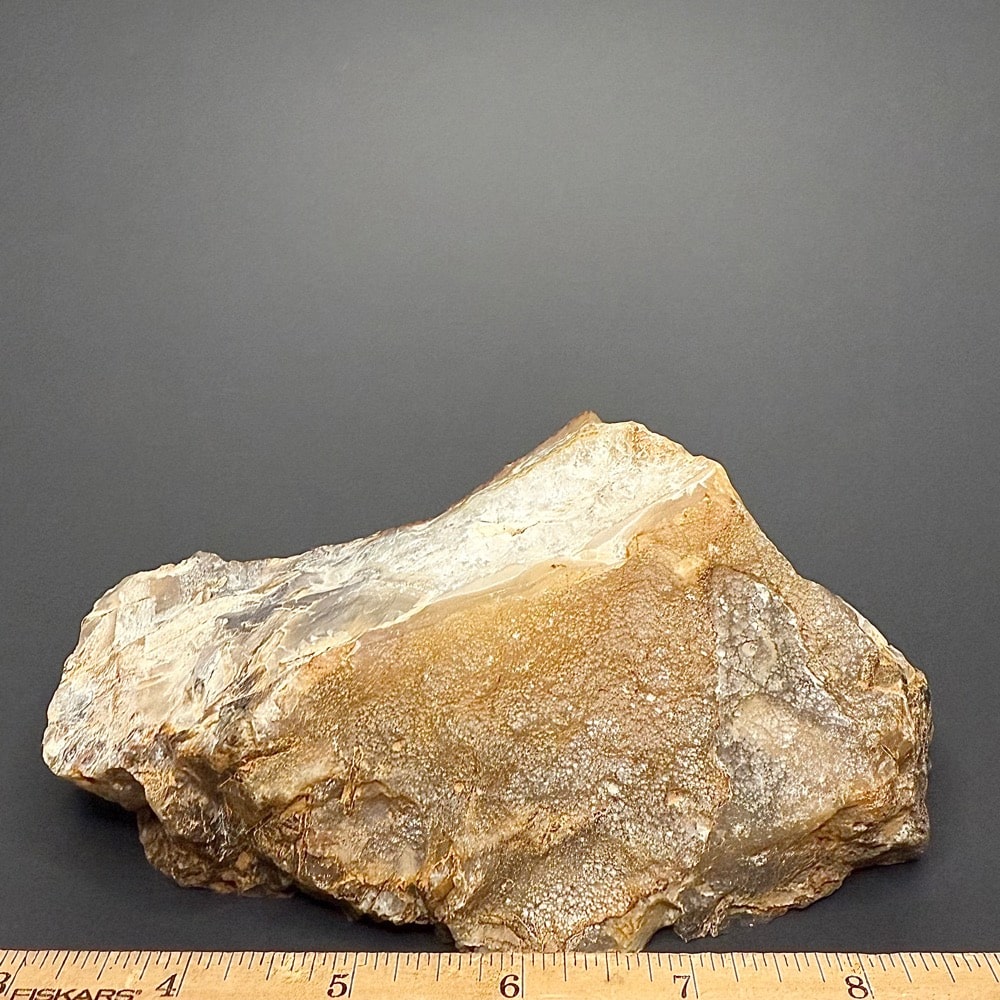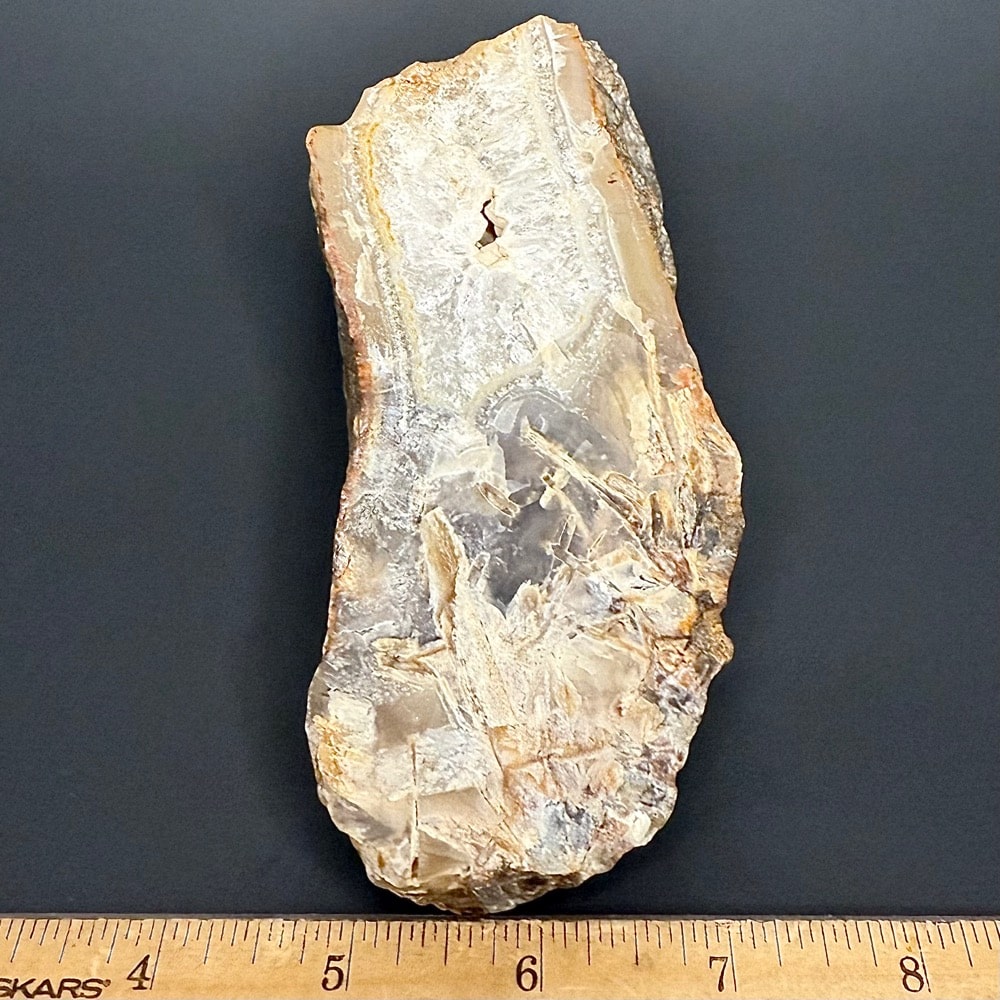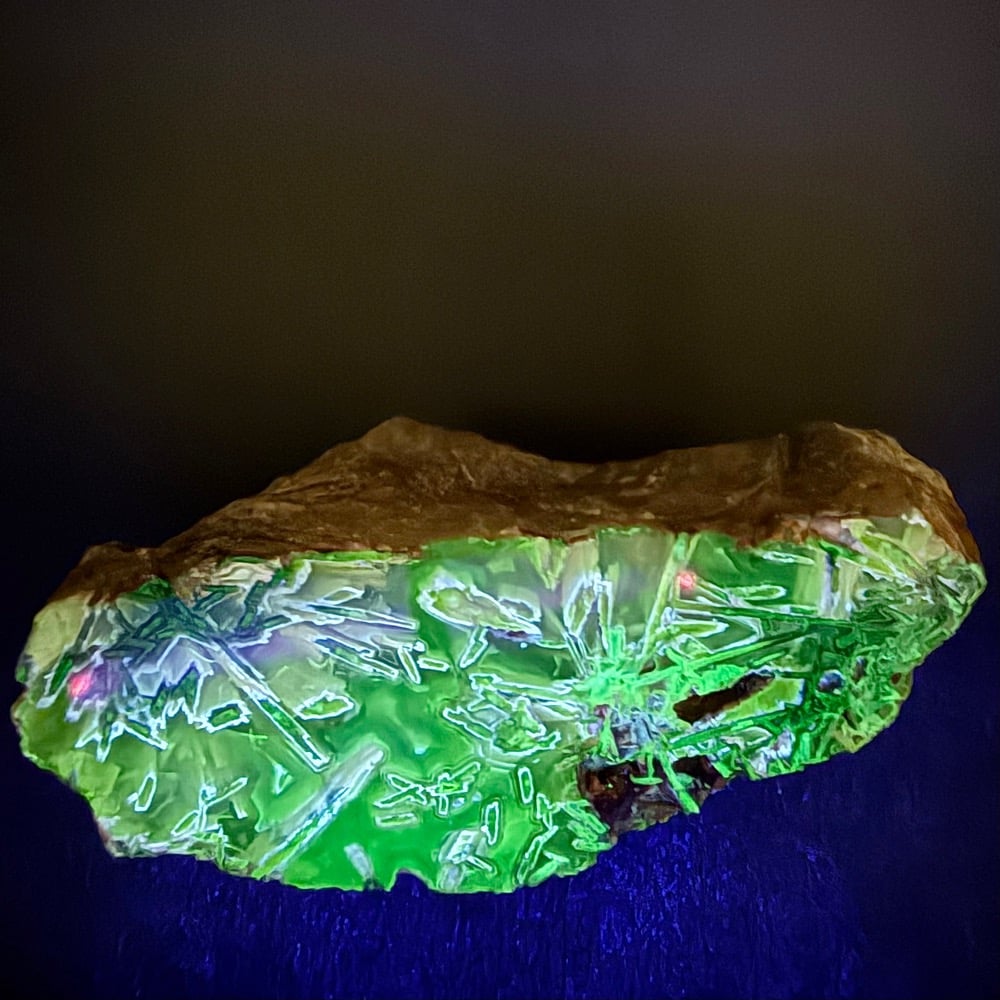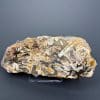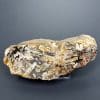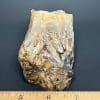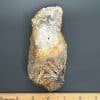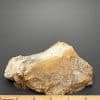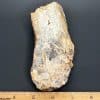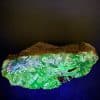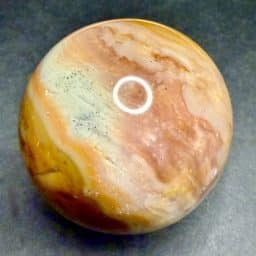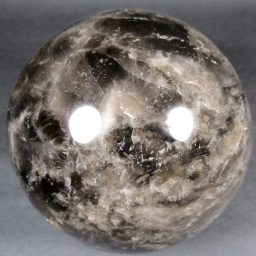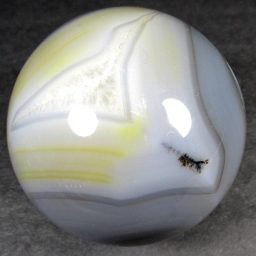Description
In the Cubuk District of the Ankara Province, Turkish Agate has been quietly forming for millions of years. This region, known for its rich geological diversity, provides the perfect conditions for the formation of this unique gemstone.
Turkish Agate, like its other agate siblings, has a long history that dates back thousands of years. Agates have been discovered with the artifacts of Neolithic people and were used as healing amulets and ornamentation dating back to Babylon. However, Turkish Agate, with its distinctive stick-like patterns, has only come into the limelight in the last 15-20 years.
What sets Turkish Agate apart from other agates is its signature characteristic – the needle-like tubes. These tubes form what looks like pointy, sharp sticks within the stone, giving it the name ‘Stick Agate’ or ‘Needle Agate’. These ‘sticks’ add a unique dimension to the gemstone, making it a fascinating specimen for gemstone enthusiasts and collectors.
When it comes to colors, Turkish Agate doesn’t disappoint. From dark, black, or grey colors to beautifully vibrant hues, Turkish Agate comes in a wide range of colors. The color of the agate is determined by the impurities present during its formation. This means that no two Turkish Agates are the same, each one boasting its own unique blend of colors and patterns.
One of the most exciting things about Turkish Agate is its variety. Even though the most characteristic form of Turkish Stick Agate shows needle-like patterns, there are many types of Turkish Stick Agate, even from the same mines. Some pieces show fortification banding and tubes, while others have beautiful colors but no sticks. This variety makes Turkish Agate a versatile gemstone, suitable for a wide range of uses, from jewelry making to home decor.
Due to its unique characteristics and variety, Turkish Agate is known by many names. Apart from ‘Stick Agate’ and ‘Needle Agate’, it’s also referred to as ‘Pseudomorph Agate’. The term ‘pseudomorph’ refers to one mineral replacing another while retaining the original mineral’s external form. In the case of Turkish Agate, the ‘sticks’ were originally Aragonite Crystals but were replaced by Silica, giving the agate its unique appearance.
Agates mostly occur as nodules in volcanic rocks or waters containing Silica in solution which is possibly derived from the decomposition of Silicates in the lava. The Siliceous matter is deposited in regular layers resulting in the banded or striped formation. It is very unlikely that you would ever find an exact duplicate of any type of Agate, Fairburn or other.
